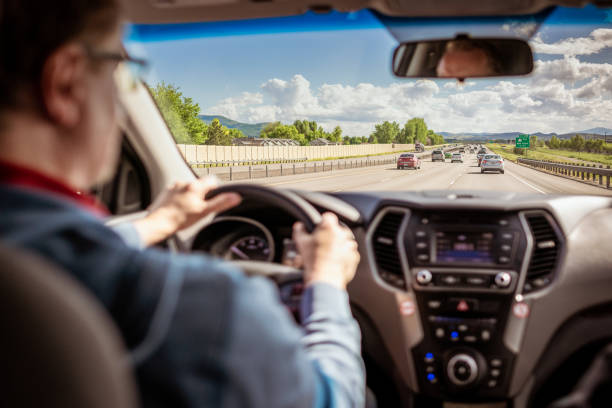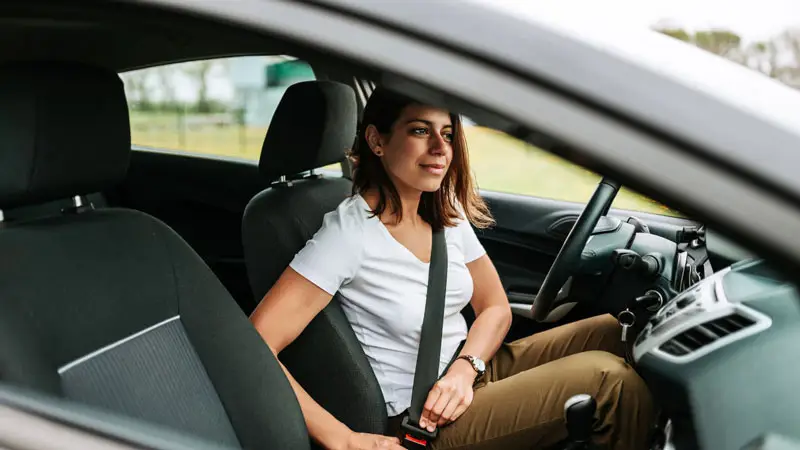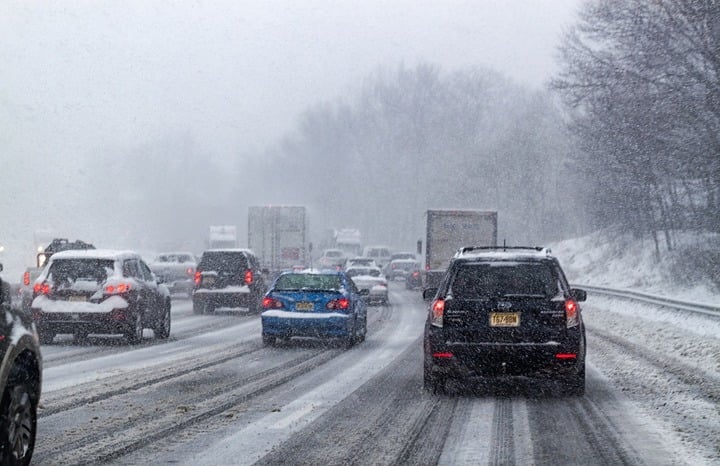Economics
Emergency Aid Essentials
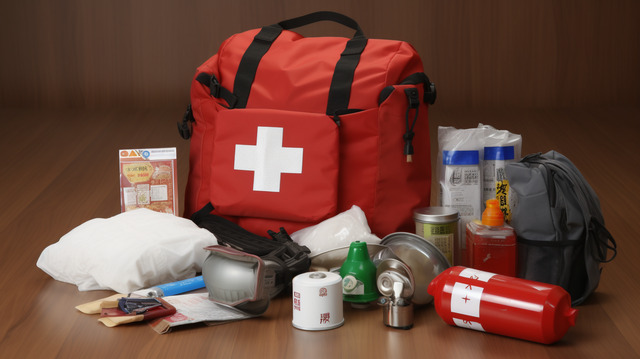
Overview
Being prepared for roadside emergencies is a responsible practice that benefits all drivers. A well-stocked aid kit can make a significant difference during unexpected events. This article highlights the core items and considerations for assembling an emergency kit. Preparation is a proactive step that supports safety and offers reassurance during challenging times.
Importance of Preparation
Preparation plays a central role in managing roadside emergencies. Taking the time to gather necessary items can ease stress when unforeseen incidents occur. A thoughtfully assembled kit provides immediate assistance and enhances overall safety. This foresight fosters confidence in handling minor mishaps before professional help is available.
Basic Supplies
A basic emergency kit includes several essential items designed to address minor injuries and setbacks. Stocking items that cater to a range of needs is crucial. Having supplies readily available means that small incidents do not escalate into more serious situations. The focus remains on effective response rather than reactive measures during unexpected circumstances.
Bandages and Wraps
Items such as bandages, adhesive wraps, and antiseptic wipes are indispensable when minor injuries occur. These supplies offer immediate care while reducing the risk of further complications. A kit equipped with these items provides peace of mind and ensures that a driver can address minor cuts and abrasions promptly. Proper wound care is a simple yet vital component of first aid.
Tools and Utensils
A collection of small tools, including scissors, tweezers, and a multi-purpose device, enhances the functionality of an emergency kit. These instruments aid in addressing a variety of minor repairs or adjustments that may be needed on the road. The availability of versatile tools ensures that the kit remains practical for multiple situations without relying on outside assistance.
Medication Essentials
Including over-the-counter medications, such as pain relievers and allergy tablets, forms a critical part of emergency preparedness. These items help manage discomfort and minor symptoms until professional care is available. A well-curated selection of medications provides an extra layer of comfort and is part of a comprehensive approach to roadside care.
Personal Items
Alongside basic supplies, personal care items such as a small flashlight, a notepad, and an emergency contact card are beneficial. These items support clear communication and allow for easier coordination during stressful times. Keeping such personal items organized in the kit makes them accessible when needed, reinforcing a sense of control in unforeseen situations.
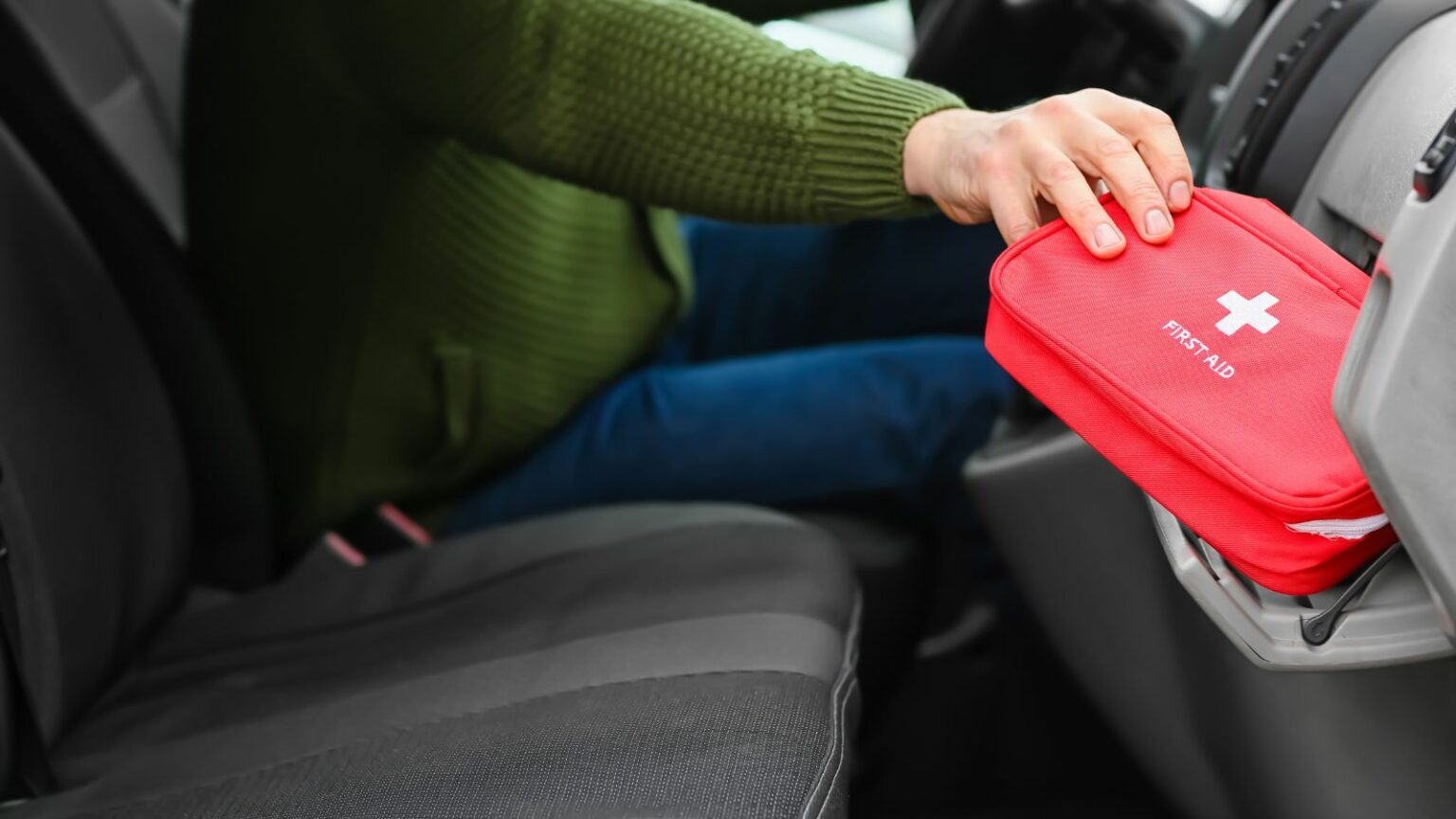
Protective Gear
Safety is enhanced with items designed to protect both the caregiver and the injured party. Lightweight gloves and a simple barrier can prevent the spread of contaminants. Including protective gear in the kit shows a commitment to personal hygiene and safety. It also reflects a comprehensive approach to handling emergencies responsibly.
Organization Tips
Keeping the kit organized is as important as its contents. Using a compact, sturdy container with sections for different supplies helps maintain order. An organized kit allows for quick access to needed items during moments of urgency. This organizational strategy ensures that every component is immediately available when circumstances require a rapid response.
Regular Checks
Periodically reviewing the contents of the kit is a wise practice. Checking for expired items and restocking essential supplies keeps the kit reliable over time. Regular checks ensure that the emergency aid kit remains current and effective. Consistent maintenance reflects a commitment to readiness that is vital for unforeseen events.
Final Advice
A well-prepared emergency aid kit is a practical investment in safety. Through thoughtful assembly and regular upkeep, drivers can address minor incidents with confidence. This proactive approach minimizes delays and supports a smoother recovery from roadside challenges. Embracing preparedness fosters a secure driving experience for everyone involved.








